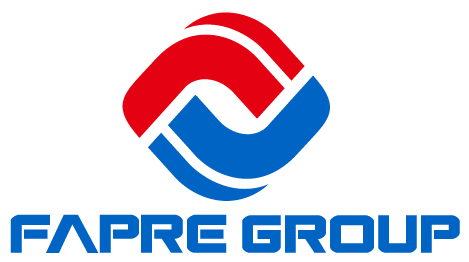NEWS CENTER
With the continuous development of modern agriculture, the requirements for infrastructure in the livestock industry are becoming more demanding. Cattle and sheep mats, designed specifically for animal husbandry,
not only provide a comfortable living environment for livestock but also help reduce barn maintenance costs. This article explores the functions and advantages of cattle and sheep mats, as well as their impact on the
livestock industry.
Basic Functions of Cattle and Sheep Mats
Cattle and sheep mats are flooring materials designed for animals like cattle and sheep. Typically made from high-quality rubber, plastic, or composite materials, they offer excellent wear resistance and compressive strength, capable of withstanding the weight and repeated movements of large livestock. The primary function of these mats is to provide a soft, dry surface for animals to stand and rest, preventing them from prolonged contact with damp, hard, or slippery floors.
The mats often feature anti-slip patterns on the underside, ensuring that livestock won’t slip and fall while moving. Additionally, the material's elasticity helps reduce the pressure on the animals' leg joints when standing, thus minimizing the risk of joint injuries or hoof diseases caused by long hours of standing.
Advantages of Cattle and Sheep Mats
1. Enhanced Comfort and Health
The primary advantage of cattle and sheep mats is their excellent comfort and protective functions. Prolonged standing or walking on hard surfaces can lead to joint problems in livestock, especially for large animals like dairy cows, where hoof damage is common. These mats provide a soft, elastic surface that significantly reduces such health risks.
2. Reduced Moisture and Disease Transmission Risks
High-quality cattle and sheep mats are waterproof and offer good drainage, effectively isolating moisture from the ground. This helps reduce the growth of bacteria and pathogens, thus lowering the risk of hoof diseases or skin infections in livestock.
3. Increased Productivity
By promoting better health and living conditions for livestock, cattle and sheep mats contribute to improved productivity. For dairy cows, in particular, a better living environment can lead to higher milk yields and longer production lifespans, which enhances the economic benefits for farmers.
4. Easy Cleaning and Maintenance
These mats are designed to be easy to clean and maintain. The surface patterns prevent dirt from sticking, and the material itself is resistant to corrosion. Farmers can easily wash the mats with high-pressure water, saving both labor and time costs.
5. Durable and Cost-Effective
High-quality cattle and sheep mats are long-lasting and can withstand harsh environments and frequent use. Although the initial investment may be higher, over the long term, these mats can save farmers on barn maintenance costs while also reducing losses caused by livestock illness due to poor living conditions.
Applications of Cattle and Sheep Mats
Cattle and sheep mats are not only suitable for cattle and sheep barns but can also be used in pig pens, horse stables, and other livestock environments. Their versatility makes them ideal for farms of all sizes, from small family farms to large modernized farms.
In cold regions, these mats can also provide insulation, preventing livestock from becoming cold due to cold floors. For animals living in wet or cold areas, cattle and sheep mats are an ideal flooring solution.
Conclusion
Overall, cattle and sheep mats offer numerous benefits to the livestock industry. They provide livestock with a more comfortable and safer living environment while effectively reducing health risks and boosting productivity. For farmers, cattle and sheep mats are a smart investment, helping to improve animal welfare and bring about economic returns.
As technology in animal husbandry continues to advance, cattle and sheep mat products are constantly being optimized and upgraded. In the future, they will continue to play an essential role in modern livestock farming, safeguarding the health of livestock.
